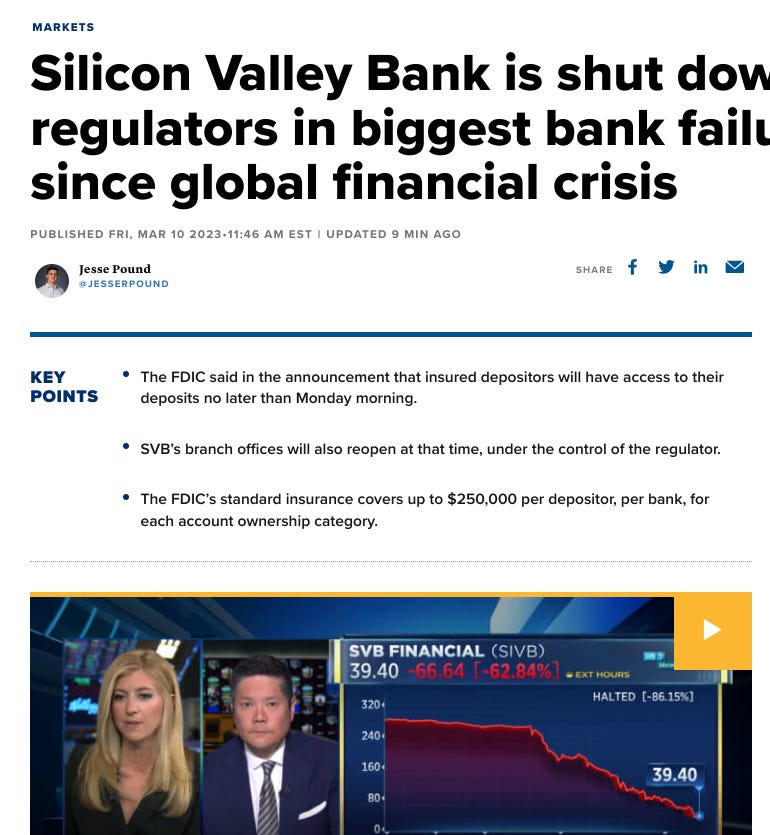Is the collapse of the Silicon Valley Bank a harbinger for North Dakota?
According to news reports, the Silicon Valley Bank that collapsed in the last 48 hours had similar ratios as the Bank of North Dakota. Legislators need to ensure there is a plan to prevent problems.
(Note: this article is not meant to declare that there is a problem at the Bank of North Dakota, it is just to point out and reiterate the need for more scrutiny in light of current breaking news events nationally.)
Those who have been following national financial news coverage today know that the big story is the collapse of the Silicon Valley Bank.
Keep reading with a 7-day free trial
Subscribe to North Dakota's Watchdog Update to keep reading this post and get 7 days of free access to the full post archives.




